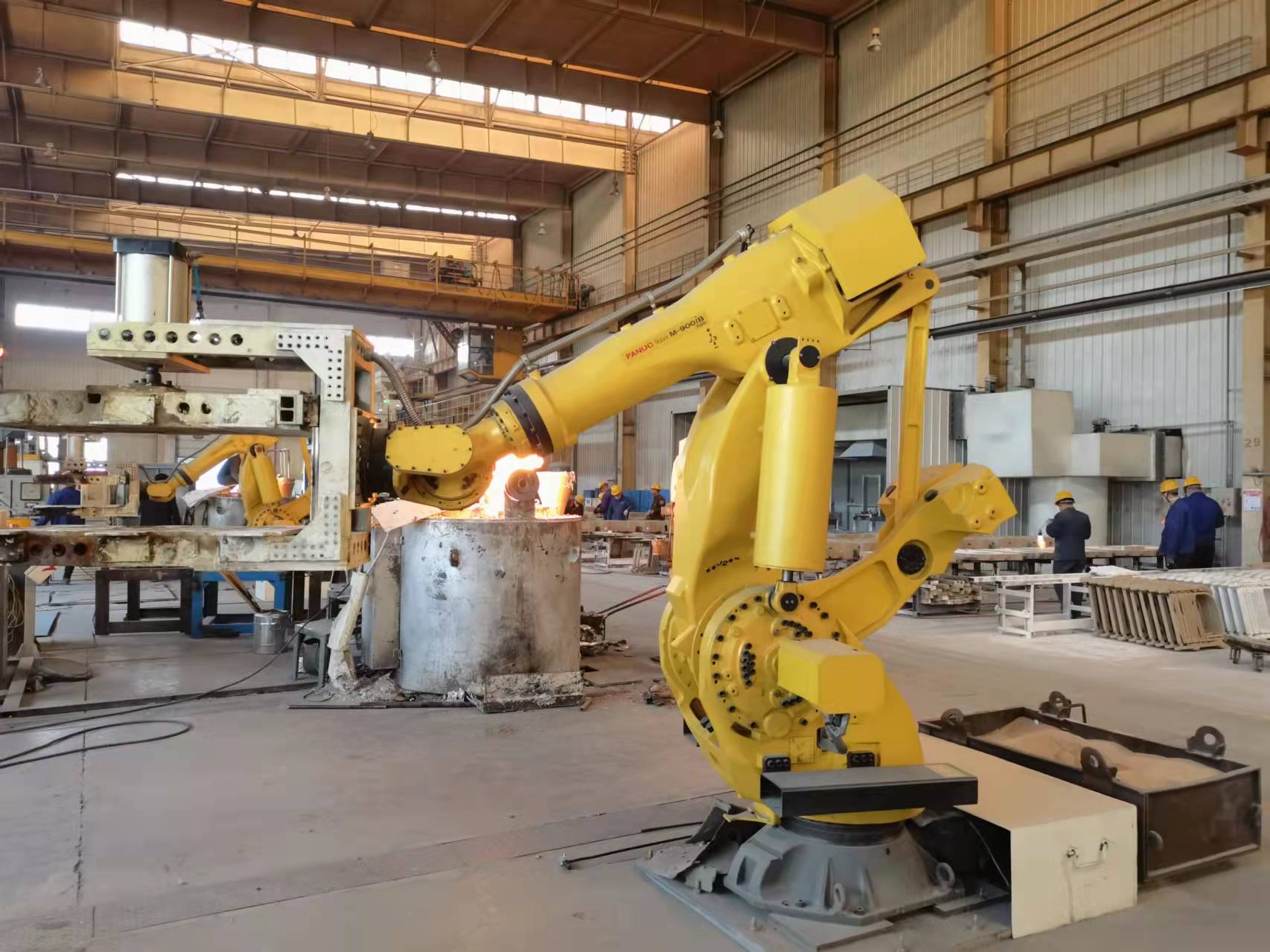- Afrikaans
- Albanian
- Amharic
- Arabic
- Armenian
- Azerbaijani
- Basque
- Belarusian
- Bengali
- Bosnian
- Bulgarian
- Catalan
- Cebuano
- China
- China (Taiwan)
- Corsican
- Croatian
- Czech
- Danish
- Dutch
- English
- Esperanto
- Estonian
- Finnish
- French
- Frisian
- Galician
- Georgian
- German
- Greek
- Gujarati
- Haitian Creole
- hausa
- hawaiian
- Hebrew
- Hindi
- Miao
- Hungarian
- Icelandic
- igbo
- Indonesian
- irish
- Italian
- Japanese
- Javanese
- Kannada
- kazakh
- Khmer
- Rwandese
- Korean
- Kurdish
- Kyrgyz
- Lao
- Latin
- Latvian
- Lithuanian
- Luxembourgish
- Macedonian
- Malgashi
- Malay
- Malayalam
- Maltese
- Maori
- Marathi
- Mongolian
- Myanmar
- Nepali
- Norwegian
- Norwegian
- Occitan
- Pashto
- Persian
- Polish
- Portuguese
- Punjabi
- Romanian
- Russian
- Samoan
- Scottish Gaelic
- Serbian
- Sesotho
- Shona
- Sindhi
- Sinhala
- Slovak
- Slovenian
- Somali
- Spanish
- Sundanese
- Swahili
- Swedish
- Tagalog
- Tajik
- Tamil
- Tatar
- Telugu
- Thai
- Turkish
- Turkmen
- Ukrainian
- Urdu
- Uighur
- Uzbek
- Vietnamese
- Welsh
- Bantu
- Yiddish
- Yoruba
- Zulu
Nov . 20, 2024 08:32 Back to list
ductile iron products
The Versatility and Benefits of Ductile Iron Products
Ductile iron, also known as spheroidal graphite iron or nodular cast iron, is a highly versatile material that has found applications in various industries due to its unique properties. Developed in the1940s, ductile iron is characterized by its excellent ductility and toughness, making it a popular choice for a wide range of products. This article explores the key characteristics, applications, manufacturing processes, and benefits of ductile iron products.
Characteristics of Ductile Iron
Ductile iron is distinguished by the presence of spherical graphite nodules in its microstructure. These nodules provide notable advantages over traditional cast iron, which typically contains flake graphite. The spherical shape of the graphite in ductile iron allows for improved mechanical properties, such as increased strength, durability, and resistance to impact. Ductile iron also exhibits excellent machinability and can be readily welded, which expands its application in manufacturing processes.
Another important characteristic of ductile iron is its ability to handle stress and strain. It has a higher tensile strength, often exceeding that of mild steel, combined with impressive elongation properties. These features make ductile iron products ideal for demanding applications where both strength and flexibility are required.
Applications of Ductile Iron Products
Ductile iron products are utilized across various sectors, including automotive, construction, water treatment, and heavy machinery. In the automotive industry, ductile iron is commonly used for manufacturing components such as crankshafts, transmission cases, and suspension parts. These components benefit from the material's superior strength-to-weight ratio and wear resistance.
In the construction sector, ductile iron is a popular choice for manufacturing pipes, fittings, and manhole covers. Its corrosion resistance and durability contribute to the longevity of infrastructure projects, making it a reliable option for water distribution systems and sewage management. Ductile iron pipes are particularly suited for high-pressure applications, withstanding the stresses associated with varying flow and pressure conditions.
Furthermore, ductile iron is widely used in heavy machinery, including agricultural equipment and mining machinery. The combination of strength and resistance to deformation under heavy loads makes it an essential material in these applications. Its lightweight properties also contribute to the efficiency of machinery, enhancing performance and productivity.
ductile iron products

Manufacturing Process
The manufacturing of ductile iron products typically involves a process called melt treatment. This process includes the addition of alloys and nodulizing agents, such as magnesium, to molten iron. The subsequent cooling process converts the graphite into spherical shapes. Advanced techniques such as continuous casting or sand casting are often employed to create the desired product forms.
Quality control measures are vital during the production of ductile iron to ensure consistency in properties and performance. Testing methods include tensile strength evaluations, elongation tests, and microstructural analysis to confirm that the products meet the required specifications.
Benefits of Ductile Iron Products
The benefits of ductile iron products are manifold. Firstly, its mechanical properties provide enhanced strength and durability, reducing the likelihood of failure in demanding applications. This reliability translates into lower maintenance costs and longer product lifespans, which can be particularly advantageous for infrastructure investments.
Secondly, ductile iron is an environmentally friendly option. Its recyclability and lower energy requirements for production compared to other materials contribute to a reduced carbon footprint. As industries increasingly focus on sustainability, the use of ductile iron aligns with efforts to promote eco-friendly practices.
Lastly, the versatility of ductile iron allows for a wide range of customization options. Manufacturers can create products in various shapes, sizes, and specifications to meet specific industry needs, providing tailored solutions that enhance performance and efficiency.
Conclusion
In summary, ductile iron products are a remarkable engineering material that offers exceptional mechanical properties, making them suitable for diverse applications across multiple industries. As technology continues to advance, the use of ductile iron will likely expand, offering innovative solutions to meet the demands of modern engineering challenges. With its durability, versatility, and sustainability, ductile iron remains a critical component in the development of efficient and reliable products.
-
Premium Cast Iron Water Main Pipe: Durable, Corrosion-Resistant
NewsAug.03,2025
-
Durable Cast Iron Water Mains | AI-Optimized Systems
NewsAug.02,2025
-
High-Efficiency Propane Boiler for Baseboard Heat | Save Energy
NewsAug.01,2025
-
Premium Source Suppliers for Various Gray Iron Castings
NewsJul.31,2025
-
Durable Cast Iron Water Main Pipes | Long-Lasting
NewsJul.31,2025
-
High-Quality Cast Iron Water Main Pipe for Durable Infrastructure
NewsJul.30,2025


